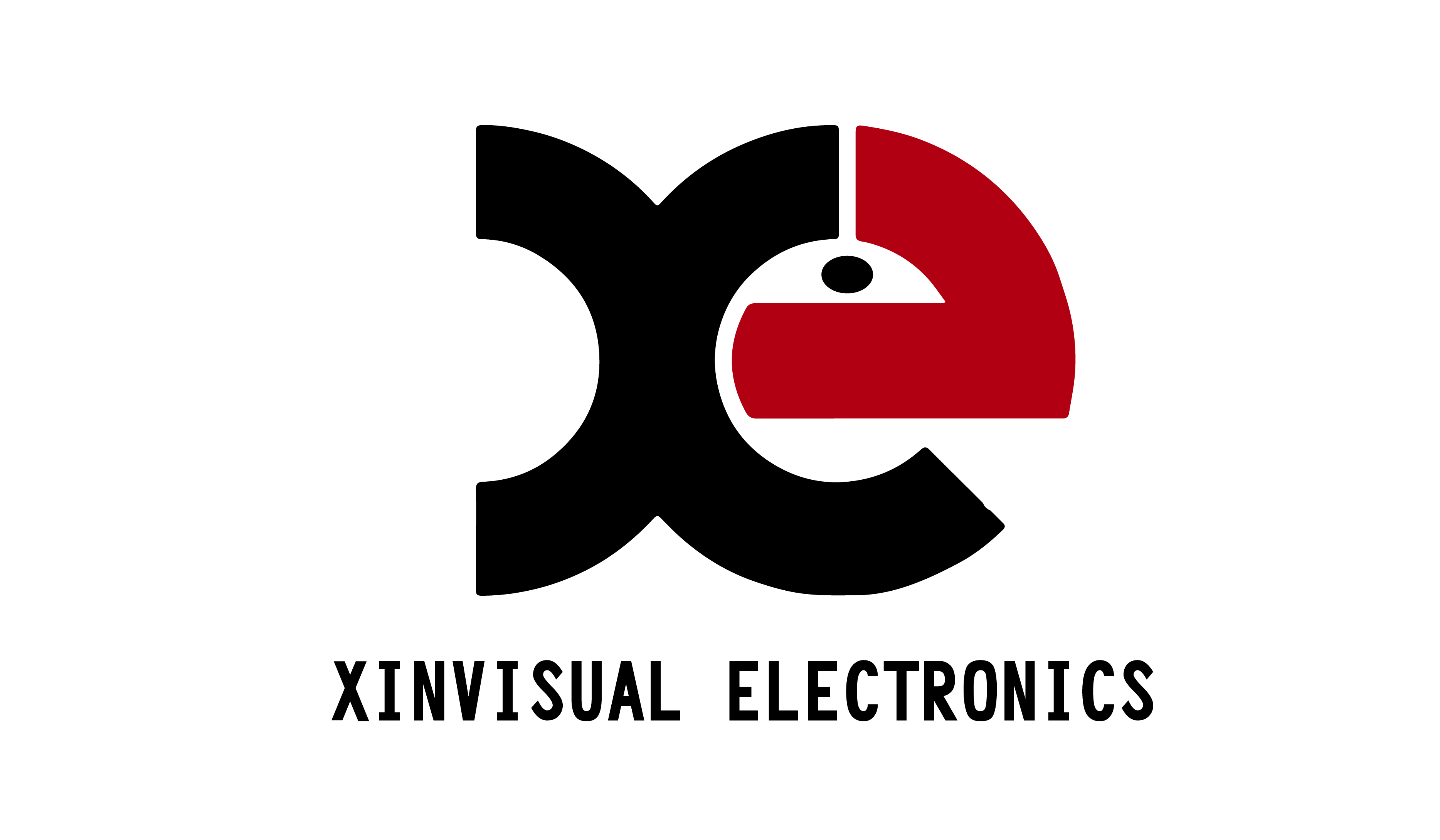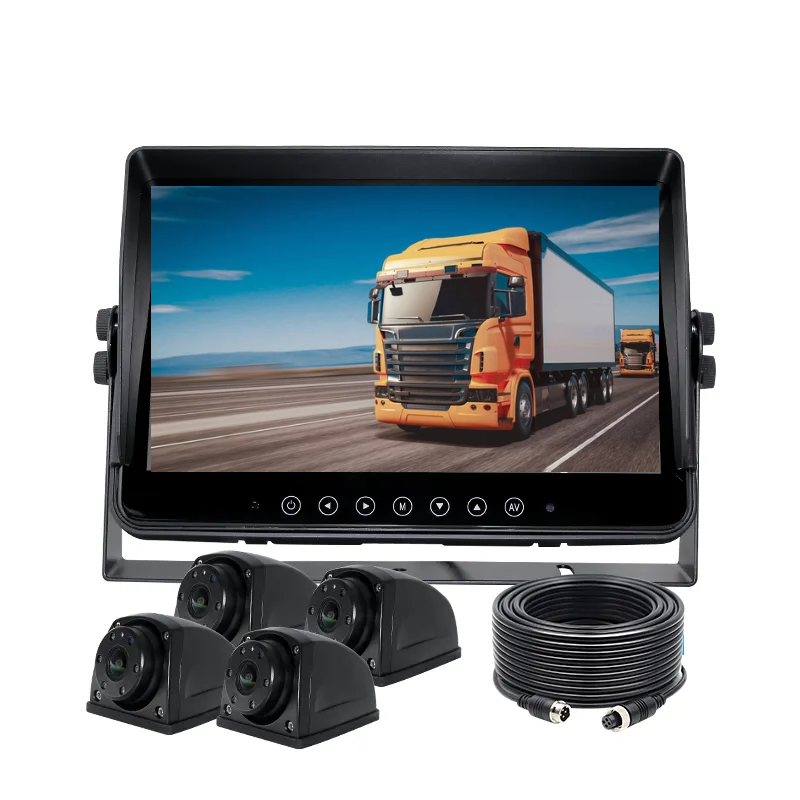Introduction
Safety is no longer just an added bonus in commercial transportation—it’s a necessity. Whether managing a fleet of delivery vans, long-haul trucks, or urban buses, blind spots have always been a major risk factor. That’s where AI BSD (Blind Spot Detection) systems step in. These systems are not just high-tech luxuries—they’re game-changers that can drastically reduce accidents and improve operational efficiency.
In this article, we’ll break down exactly how AI BSD systems work, why they’re crucial for fleet safety, and the many ways they bring value to commercial vehicle operators. Ready to upgrade your fleet’s safety standards? Let’s get into it.
What Is an AI BSD Blind Spot Detection System?
AI BSD, short for Artificial Intelligence Blind Spot Detection, is an advanced driver assistance system (ADAS) designed to identify objects or other vehicles in the blind spots of a vehicle. It uses a combination of AI-powered algorithms, radar, and camera technology to detect potential hazards that the driver may not see in mirrors.
Unlike traditional BSD systems that rely solely on sensors, AI BSD incorporates machine learning to better understand and predict real-world driving scenarios. The result? More accurate detection, fewer false alarms, and more informed decisions by drivers.
Key features often include:
-
Side-mounted radar or cameras
-
Visual and audio alerts inside the cabin
-
Real-time data processing
-
Adaptive alert levels based on speed and proximity
Why Blind Spots Are a Serious Issue for Fleets
Let’s face it—large commercial vehicles are not known for their great visibility. Trucks, buses, and vans naturally have significant blind spots, especially around the rear corners and sides. For fleet operators, this leads to a host of problems:
-
Increased risk of side-swipe collisions
-
Higher insurance premiums due to frequent claims
-
Vulnerable road users (pedestrians, cyclists) going unnoticed
-
Difficulty changing lanes or maneuvering in tight urban environments
According to several transportation safety studies, a large portion of truck-related accidents involve blind spots. That’s a problem AI BSD systems are uniquely equipped to solve.
Top Benefits of AI BSD for Commercial Vehicles
1. Improved Driver Awareness
AI BSD systems keep drivers informed about their surroundings in real time. Instead of relying solely on mirrors or guesswork, drivers get instant alerts about hidden obstacles, making their jobs significantly easier and safer.
2. Accident Prevention
By identifying vehicles, bikes, or even pedestrians in blind zones, AI BSD systems reduce the chances of collisions—particularly during lane changes or turns. This directly translates to fewer accidents and fewer vehicle repairs.
3. Boosts Company Reputation
Fleet safety isn’t just about internal operations—it’s about public perception too. Using smart safety technology like AI BSD sends a clear message: your company cares about safety. That’s a branding boost you can’t buy.
4. Lower Operating Costs
Fewer accidents mean lower insurance costs, reduced downtime, and less money spent on vehicle repairs. Over time, the investment in BSD systems pays off in the form of reduced operational expenses.
Real-World Fleet Applications
Picture a logistics company with a fleet of 100 trucks. Before implementing BSD systems, they experienced around 15 blind spot-related incidents a year. After integrating AI BSD across their vehicles, that number dropped by over 60%. Drivers reported feeling more confident behind the wheel, and the company noticed a drop in repair costs and insurance premiums.
It’s not just about avoiding damage—it’s about building a more resilient and efficient operation from the ground up.
Key Features to Look for in an AI BSD System
When shopping for a BSD system for your fleet, here are the must-have features:
-
High-resolution cameras or radar sensors
-
Real-time alert systems (visual and audible)
-
Integration with other ADAS tools
-
Night vision and weatherproof capabilities
-
Customizable alert zones and sensitivity
The best systems, like the ones featured on XinVisual Electronics, are built to withstand tough environments and offer precise detection under all conditions.
Installation and Integration
One of the best parts about modern AI BSD systems is their ease of integration. Most units can be installed without major modifications to the vehicle. They are designed to connect with existing power sources and can even be synced with other in-cabin systems like displays and GPS units.
A professional installation ensures optimal sensor placement and calibration, allowing you to make the most of the system’s capabilities.
Final Thoughts
If you’re managing a commercial vehicle fleet and you’re still relying on old-school safety practices, it’s time to upgrade. AI BSD systems are more than just sensors—they’re intelligent safety solutions that can protect drivers, reduce accidents, and save your business money.
Investing in AI BSD is not just about compliance or technology—it’s about building a smarter, safer fleet that’s prepared for the future of transportation.


